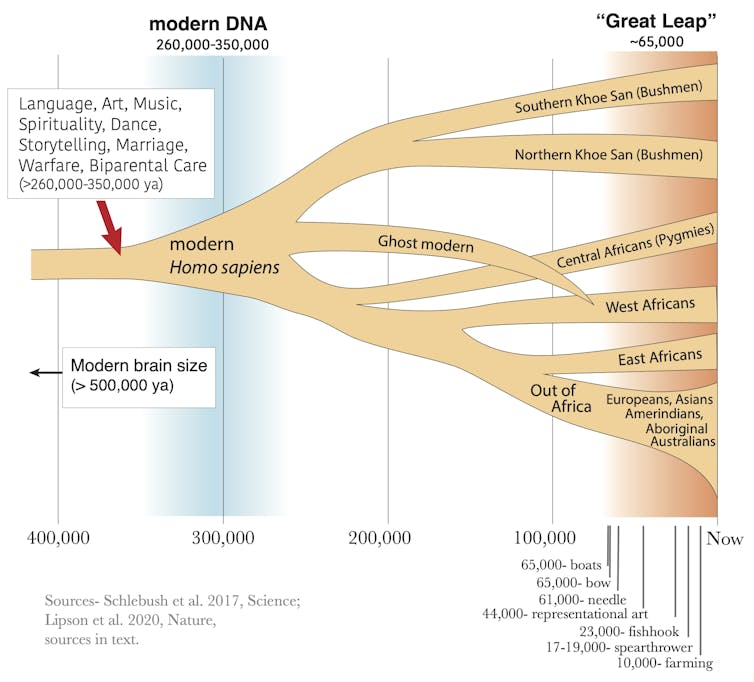Neanderthals have long been seen as uber-masculine hunks, at least compared with their lightweight human cousins, with whom they competed for food, territory, and mates. But a new study finds Homo sapiens men essentially emasculated their brawny brethren when they mated with Neanderthal women more than 100,000 years ago. Those unions caused the modern Y chromosomes to sweep through future generations of Neanderthal boys, eventually replacing the Neanderthal Y.
The new finding may solve the decade-old mystery of why researchers have been unable to find a Neanderthal Y chromosome. Part of the problem was the dearth of DNA from men: Of the dozen Neanderthals whose DNA has been sequenced so far, most is from women, as the DNA in male Neanderthal fossils happened to be poorly preserved or contaminated with bacteria. “We began to wonder if there were any male Neanderthals,” jokes Janet Kelso, a computational biologist at the Max Planck Institute for Evolutionary Anthropology and senior author of the new study.
Read the rest of this article...



